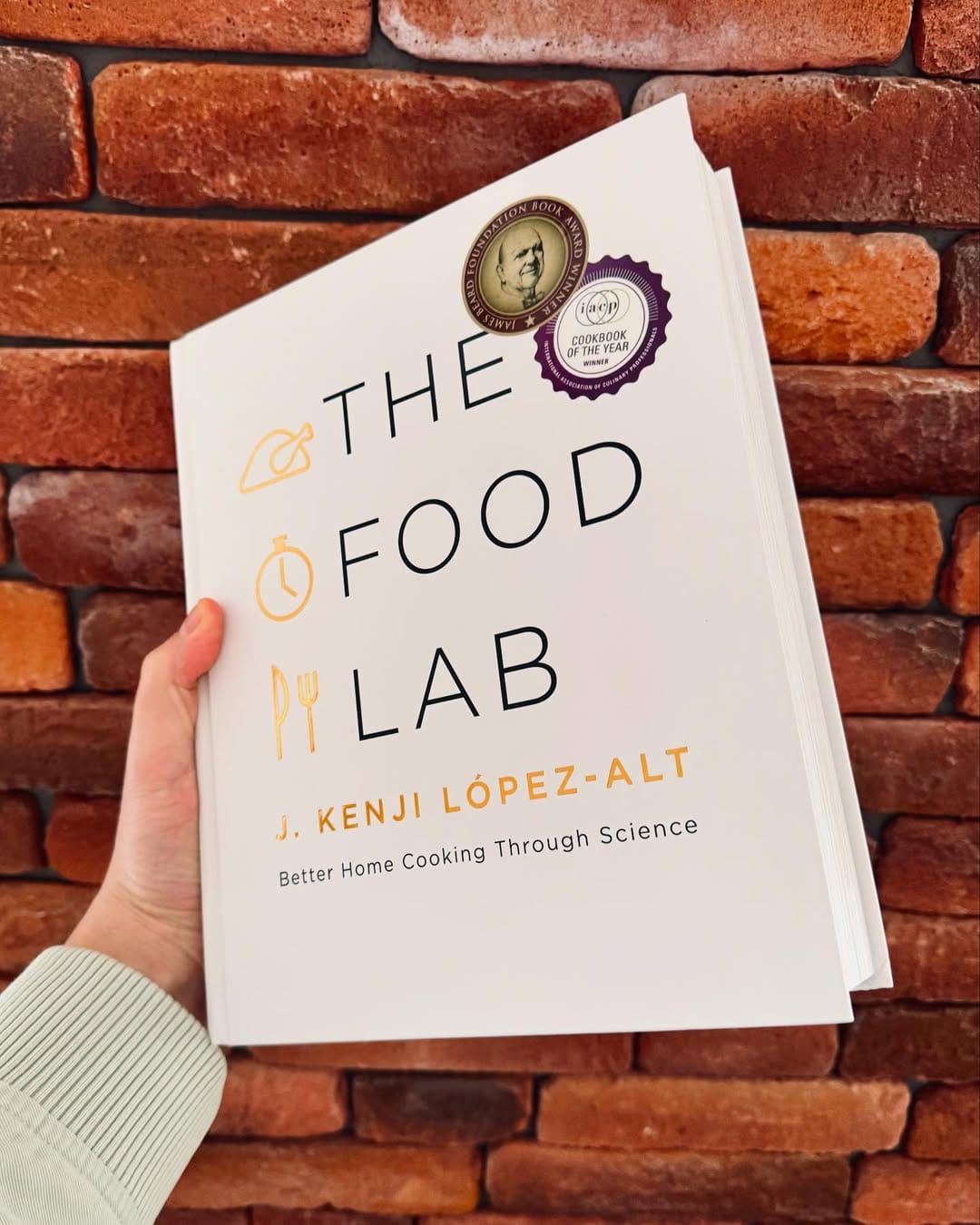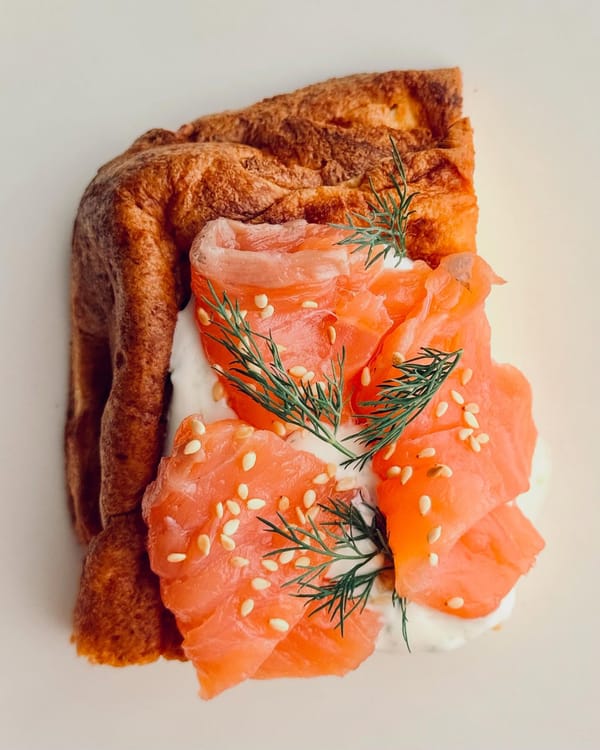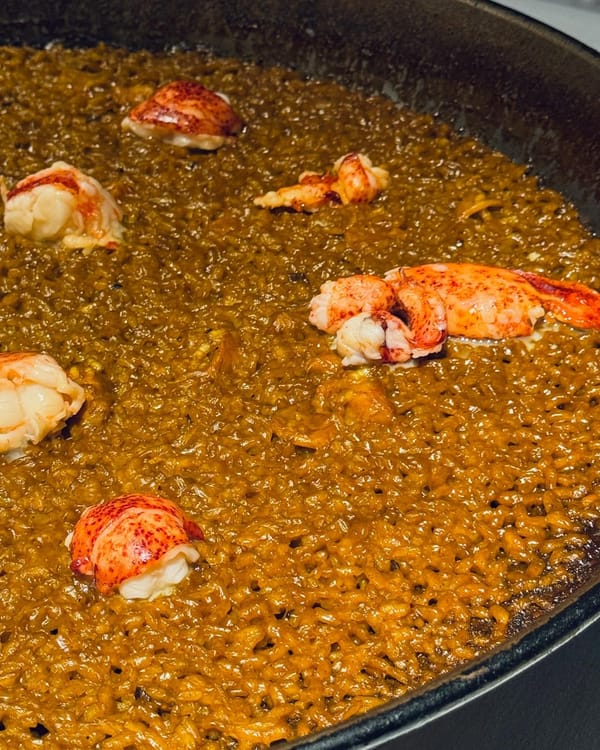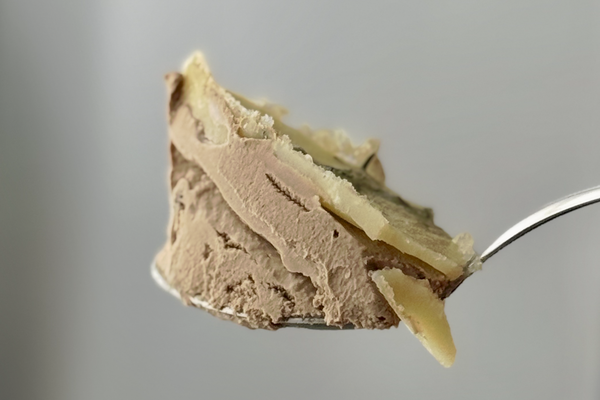Why You Need a Copy of Kenji’s book “The Food Lab”

Two months and over 900 pages later, I’ve finally finished this humongous book: "The Food Lab" by Kenji Jópez-Alt! And you know what? I wanted it to be longer, which rarely happens after finishing a big book.
The thing is, there are cooking books, and then there’s Kenji’s The Food Lab. You can love Kenji’s approach, or you can disapprove of his way of over-optimizing techniques, but the end result is that you’re eventually learning to understand why you’re doing the things that you’re doing in the kitchen.
Sure, there are recipes in the book, but they’re secondary. The book is more of a textbook, filled to the brim with culinary techniques and a skeptical approach towards the “untouchable” techniques of the past. There are lots of experiments to debunk them as kitchen myths that we’re still obeying just because someone once said, “Because I say so!”
However, let’s talk about the recipes real quick. The main focus is on American foods and dishes. But nowadays, it’s not as if we’re total strangers to them, even being thousands of kilometers away from this culture. Moreover, this food is so fusioned that you can definitely adjust and reapply these recipes and techniques to your local cooking.
Not gonna lie, there were some chapters that I thought I would definitely skip. But know what? I didn’t. This is the difference between a regular cooking book and Kenji’s. Even if you’re not in the slightest interested in the topic or a particular chapter, you’ll still find yourself immersed in reading and finishing it because it’s packed with techniques that you can definitely reuse in other dishes. So yeah, I’ve read each and every word in this book (except the index pages, obviously).
If you feel intimidated by the size of the book (did I already mention it’s huge and so heavy that it’s futile to try and read it on your lap?), you can skim through it or read it in a non-linear way. But I still think the best way is to go through it cover to cover, and revisit certain chapters or topics whenever you need to.
This is definitely a priceless book for beginners and it will give them an advantage over those who haven’t read it. But I think professional cooks will also benefit a lot from this book, so they can break the chains of not questioning what they were taught during their apprenticeship. Let me give you a couple of examples off the top of my head: 1) “sealing” the steak or 2) flipping the steak only once per side. And trust me, there are many more where these came from.
PS: Bear in mind, there are some things (not that many, though) that may no longer be relevant, since the book was written in 2015 and hasn’t been revised yet, at least to my knowledge. For example, the part about sous vide homemade solutions. When the book was being written, sous vide devices weren’t that common and were quite pricey. Today, you can walk into any kitchen hardware store and walk out with a budget sous vide device in your pocket. But as I said before, relevance aside, it was more insightful to read about the science behind the sous vide technique and to understand why it does what it does.
PPS: Oh, an by the way, this video by Kenji is the reason I started cooking:
TL;DR: Go, get yourself a copy! 😉




